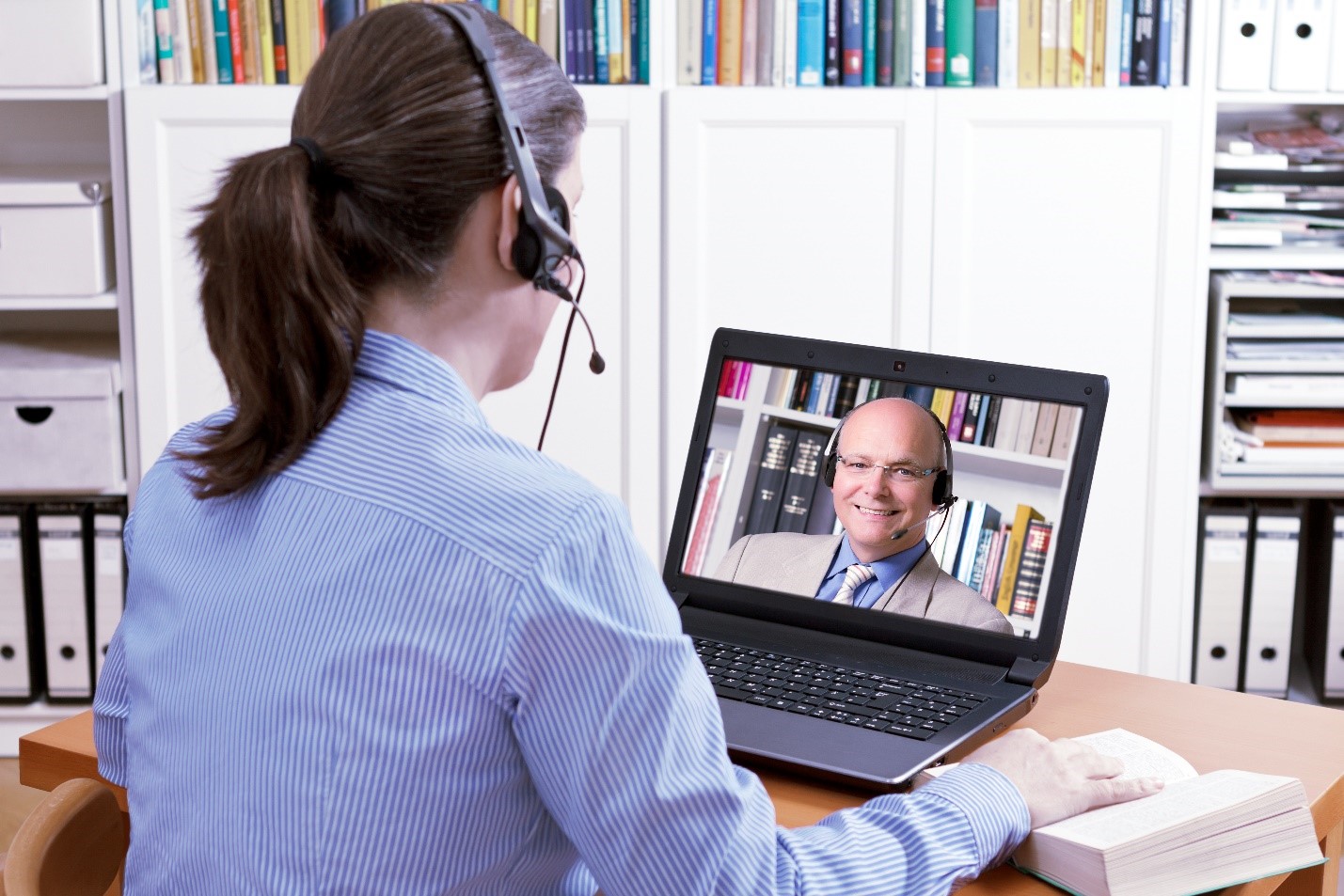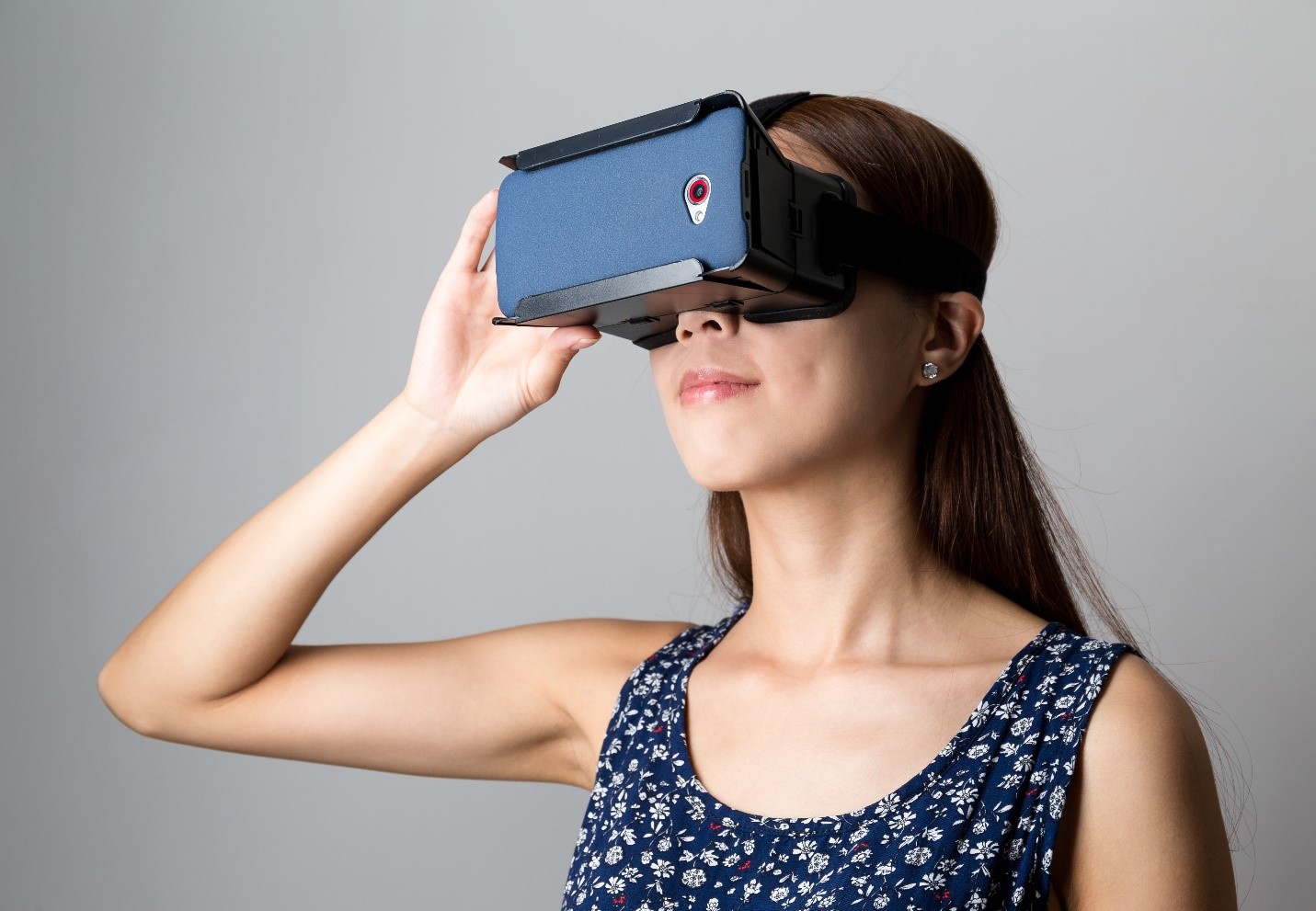About the featured expert:
Mike Garber is the Enablement Manager at InVision. He is responsible for training over 280 pre-sales, sales and customer success reps - including managers. Mike became involved in workforce training back in 2012. His experience includes working with companies like Nokia, Microsoft and FieldAware. He officially joined InVision's training department in 2018.
Topics
How to Train a Remote Workforce

According to InVision’s Enablement Manager Mike Garber,
“We often forget that we need to build champions within our organization [to improve] our ways of working and for our learning experiences.”
This is just one of the approaches he takes when it comes to training his team of over 280 pre-sales, sales and customer success reps and managers. Mike has trained employees within the Saas and mobile industries since 2012. He officially joined InVision’s training department in 2018.
Mike took some time to sit down with CGS to talk about tips and considerations for training a remote workforce:
What do you typically train your teams on? Why is this important to the success of your company?
Training is such an important part of professional and personal success. We focus a lot on enablement such as delivering messaging, using our tool stack, customer-facing content, and product training. But we also know that our teams need the skills necessary to hold proper conversations, build relationships, and manage their workload and workflow effectively.
Some divide these into technical skills and soft skills, but whatever label you put on them, they are essential to happy and productive team members.
What training techniques do you use to train your team remotely?
Being in a distributed company where there are no offices, means that we need to be deliberate in our training and development. We use a variety of tools to drive engagement and retention. We have live virtual sessions, pre-recorded virtual sessions, standalone courses and curriculums that can be taken at their own pace, reinforcement and retention activities. We also meet together each year and utilize valuable face-to-face time for workshops.

What advice would you give for someone who wants to train a remote workforce?
There are a lot of tricks you can pick up along the way, and not all of them apply to every situation. The biggest lessons I learned force me to think about the following whenever I create a learning experience:
Have you accurately and effectively set expectations for the learning experience?
It sounds like it is a simple agenda, but while agendas do well to keep a meeting on track, they don’t do well to convey the importance of training. You need to communicate the goals and the expected outcomes of the training, along with how what employees are learning will benefit them immediately in their roles.
Are you delivering the right message at the right time?
I have had countless occasions where training has been requested, but no one really knew why it was important to deliver at that time. In other cases, especially when onboarding new hires, we can get stuck in the thought that they need to know everything, so just turn the fire hose on them!
Ask yourself, “Why is this important right now?” That can help you prioritize requests that inevitably come up throughout the year. Everyone thinks their idea is imperative to the success of the company, and a full-fledged training program is the best way to deliver it- but they confuse “training” with “knowledge share,” and they confuse “imperative to success” with “good to know”. It is important to be able to prioritize and even say no sometimes.
Also, as the training experts, we need to be willing to step back and set the correct expectations for stakeholders. Yes, the new sales rep we just hired needs to know all of these things to be successful - but when are they going to actually use it? If we deliver the learning experience when it is relevant, they are more likely to remember it.

Are learners engaged in the experience?
All too often, training teams spend days, weeks, and even months putting together a learning experience, but forget that the experience is not just about delivering a message - it is about changing a behavior or up-leveling knowledge and skills. If all you need to do is deliver a message, then you just need a presentation. Learning is verb, it is an action. It requires action on the part of everyone involved - and the experience doesn’t end when the class is over - the experience must continue with manager involvement and reinforcement.
Are we giving learners sufficient opportunity to practice? To play? To engage with us and one another? To engage with the content. We don’t want learners to tune out or go into auto-pilot when watching a recorded course or live training. There is a ton of material out there- research and anecdotal- that covers the importance of segmenting out learning experiences. To the extreme it is micro-learning. So, think about how you take a big experience and make it more manageable for everyone involved. Break down a 3-hour workshop into 10-15-minute segments. Break down a 20-minute session into “chapters” and give ample opportunity for the audience to interact with the content.
Are you giving learners a call-to-action or the chance to use what we just covered to get them a “quick win” so they see the benefit of the behavior change or skill?
Another lesson I learned is the importance of creating quick wins. When designing a training it is important to show the learner how they will benefit from it, and it is not enough to give a hypothetical situation. This can also hearken back to the “right message, right time” lesson. Are learners going to be able to immediately put this new knowledge or skill into practice? Setting them up for immediate use and a quick win shows the benefit to individual learners better than any “win” story could. It then creates the desire to use the skill again as test, then again, and again until it becomes part of their routine and they organically become advocates to others who may be skeptical, or new hires who are trying to figure it out.
Anyone in a customer-facing role understands the importance of building a champion to the sales, renewal, and adoption process. It’s critical to build champions within our organization for our ways of working and for our learning experiences.

How do you keep your employees accountable for their training when they are remote? How do you track their training progress?
It is true that holding others accountable is more difficult when you can’t simply swivel your chair around and tap them on the shoulder, or even call everyone to the conference room, Michael Scott style. This is where you learn to lean on the power of collaboration tools and manager buy-in.
Here are a few of the ways that have proven to be beneficial:
· Using those LMS reminder emails.
· Sending weekly dashboards and updates to the front-line managers. Note: Managers should see each other’s dashboards because it creates competition.
· Weekly team meetings (Zoom or Skype) can include taking a few minutes to have everyone on the call watch and discuss a recently released course.
· Reinforcement from executive management via email and live meetings.
· Creating incentives for completion (especially helpful when changing the environment of an org into an “growth mindset” or “always-on” training approach.
How does this play into how new hires are onboarded?
New hires don’t know what to expect from the organization, so they come in as a blank slate and accept the onboarding process. That means you can pilot different tactics and strategies with them before rolling it out to the larger team. It is tough to create change in an organization, and this is a great way to create awareness and desire- by having new hires ramp up faster and hit the ground running. Doing this in a way that causes veteran team members to take notice works.
Onboarding new hires also needs to include extra assistance. We can do this in the form of a buddy program to get new hires acquainted with other people in the organization, understand the culture, and shadow a team member so they can see real-life integration of the concepts being taught during their onboarding process. Manager coaching and a weekly 1:1 meeting is also important to help bring new hires up to speed and ensure that they feel their manager has their success in mind. You should also set up a time with the training team in a live setting in addition to the LMS content.
And we cannot forget that all training efforts need to include reinforcement. New hires can go through reinforcement exercises with fellow cohort-members, their buddy, their manager, or the training team based on where the experts reside.
I think the key takeaway is that training and L&D need to be well-thought-out and integrated from the top down into the company culture as early as possible. Learning cannot be an after-thought, and it cannot occur in a vacuum. Invest in a quality L&D team, the resources they need and give them the power to do what they do best, without micromanagement, and you will see great things happen.
Additional Resources:
About the featured expert:
Mike Garber is the Enablement Manager at InVision. He is responsible for training over 280 pre-sales, sales and customer success reps - including managers. Mike became involved in workforce training back in 2012. His experience includes working with companies like Nokia, Microsoft and FieldAware. He officially joined InVision's training department in 2018.

